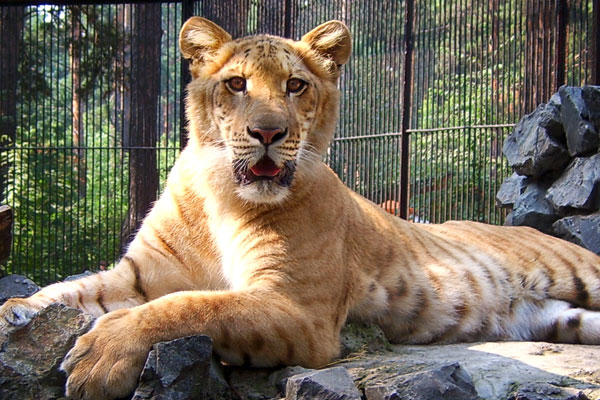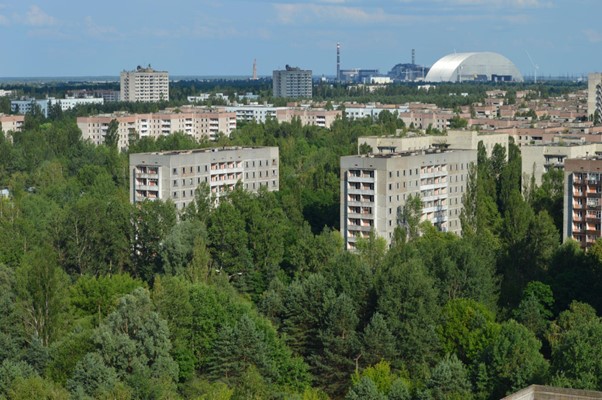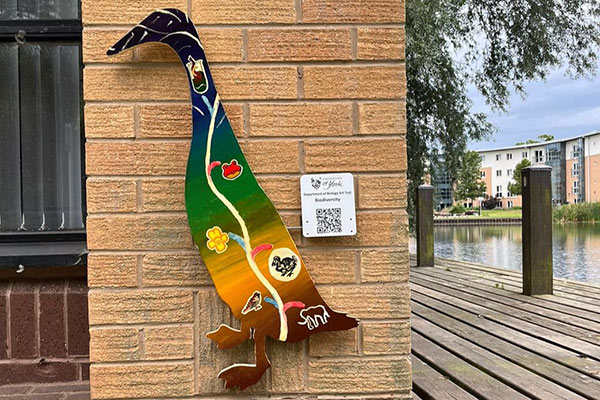Cross-cutting themes
Our research programmes are being supported by cross-cutting themes to maximise opportunities for exchanging ideas across disciplines.
Invasions
Invasion biology focuses on all aspects of species introduced by people to new places, and is arguably the most contested field in ecological science. Some critics suggest that invasion biology is biased and should be abandoned, while its most ardent advocates describe critics as ‘science denialists’.
This cross-cutting theme assesses the extent to which this polarisation has emerged from differences in the personal and societal values of researchers, and more generally how a sense of the ‘otherness’ of species that are perceived to be foreign plays out across society as a whole and in the formulation of conservation actions. Societal responses that this theme will consider include decisions about customs regulations and climate change adaptation strategies, which stem from perceptions of the harms and benefits that might be associated with the arrival of ‘foreign species’.

Hybrids

Hybrids generate controversy. A dissonance has emerged between conservationists who are concerned about the purity of biological races, sub-species and species, evolutionary biologists who see hybridisation as stimulating evolutionary innovation, and technologists who wish to transfer genes between species, so as to improve crops, fight disease and recreate animals that resemble extinct ones.
This cross-cutting theme involves research that coalesces our knowledge from all four research programmes, regarding the generation of new hybrid biodiversity, attitudes to novel hybrids in different cultures and times, the uses to which hybrids are put, and the extent to which novel hybrids could help solve future societal challenges.
Inequalities
Reducing social and economic inequality is a precondition to improve human wellbeing and make successful transitions to sustainable economies. Despite robust evidence to support this assertion, inequality remains a politically charged issue, driven by disagreements over equality of opportunity versus outcome, and over causal pathways and feedback loops.
This theme explores the role of vertical (wealth, income, social class and education) and horizontal (gender, ethnic, age, language, cultural) inequalities, and their intersections, in relation to the perceived and actual benefits and harms that people cause to, and obtain from, ecosystems. We also explore the societal circumstances under which benefits can be shared equitably, while still fostering biodiversity.

Rewilding

Chernobyl, returning to forest, photo by Chris Thomas
New conservation strategies are taking the environmental movement by storm, particularly rewilding, species introductions, and reforestation and bog-restoration projects to sequester carbon in ecosystems. As these conservation measures become more commonly employed, they are driving changes to biodiversity as much or potentially more than many other understood drivers of biodiversity change.
This theme considers the pros and cons of rewilding and restoration from archaeological, historical, social, economic and ecological perspectives. Where does the balance of positive and negative outcomes lie with rewilding? Does the past play a role in wild futures? And can these rewilding pros and cons be usefully predicted? For rewilding to be a positive force for biodiversity and humans, these questions and more need to be addressed
Extinction and de-extinction
Over 99.9% of all the species to have ever lived are now extinct. With an increasing number of new extinctions caused by human activities, species loss is of paramount concern to the conservation community.
Yet the definition of species loss is increasingly contested, and extinction may no longer be forever. From mammoths to dinosaurs, many extinct species still live on in our art, literature and the genomes of their modern day relatives. With the recovery of ancient DNA, the prospect of resurrection in the form of de-extinction is also being increasingly raised.
This cross-cutting theme will consider the extinction events of the past, how these link with the proposed “sixth mass extinction” of the present and the development of de-extinction. Considering both extinction and de-extinction, the Anthropocene, some would argue, is uncharted territory.
